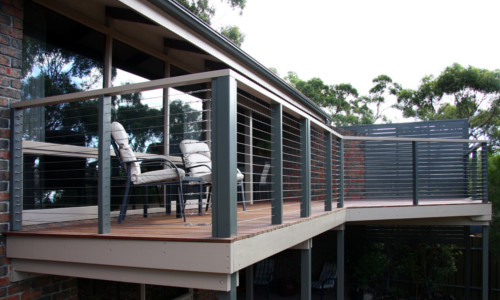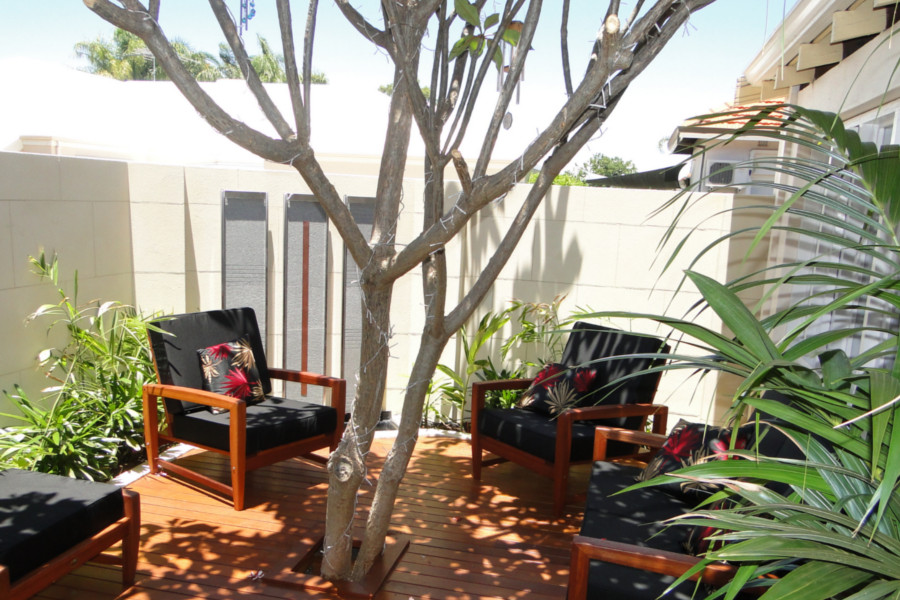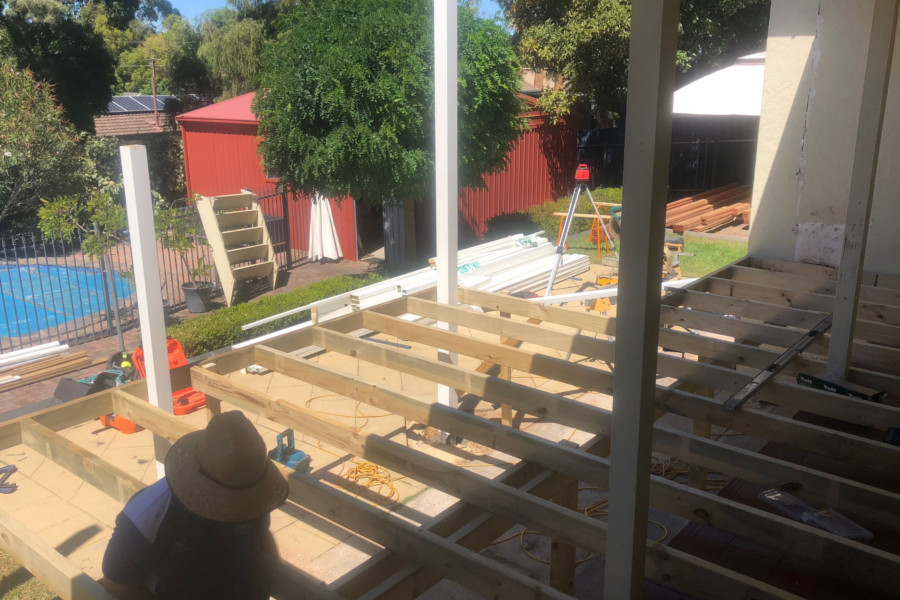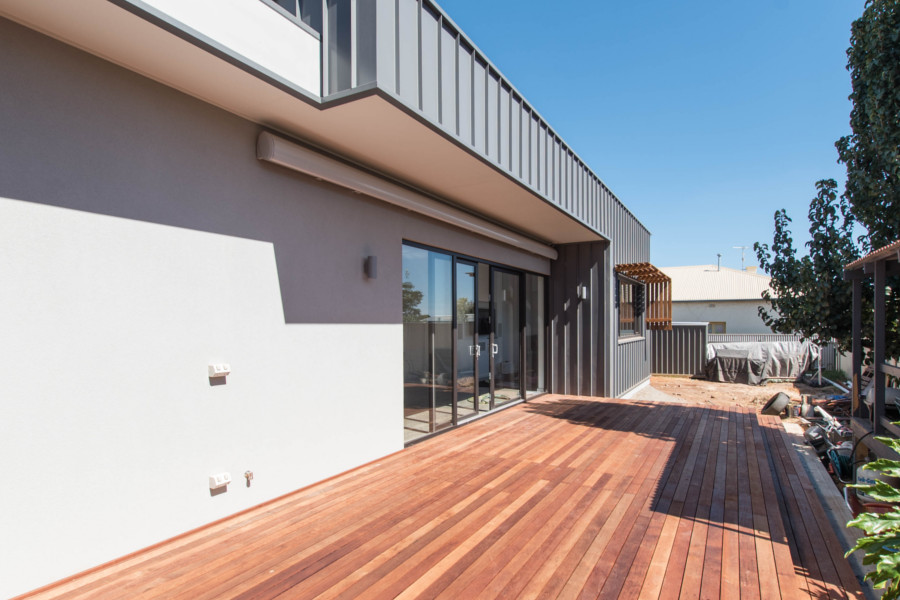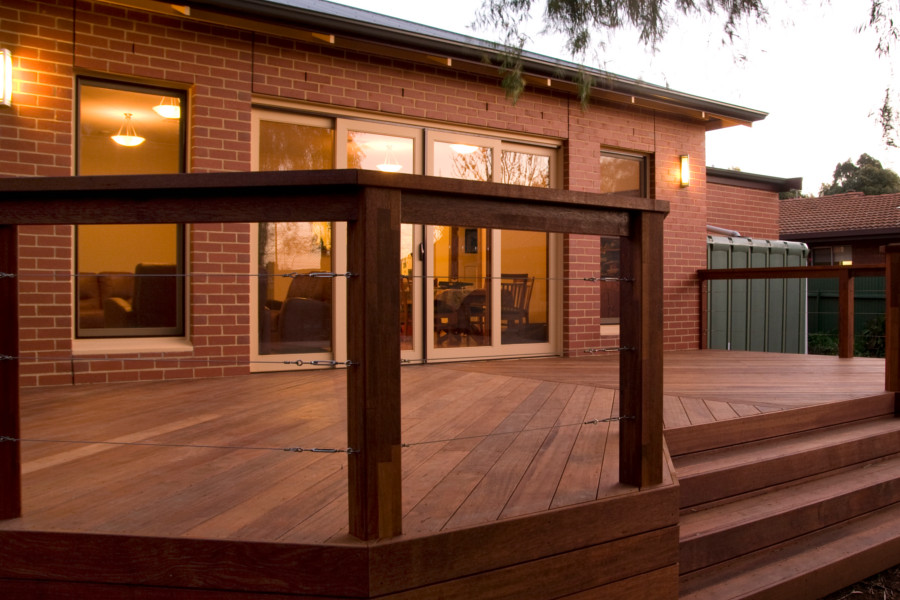
Timber railings and balustrades are almost always expected to be part of a deck, patio or pergola. And so it’s not surprising to find them in most outdoor extensions. But it may not be clear to you just why they are there in the first place and what purpose they serve.
But first, a bit of history. Ancient artwork from as early as the 13th century B.C. depict examples of early-form balusters so we know that these architectural elements were in use by then. They kind of disappeared during the Greek and Roman eras; surprising, given the level of creativity and innovation during this time. But we see balustrades coming back during the Renaissance, adorning Italian palaces during the 15th century. The term “baluster”, in fact, is taken from the Italian word that describes how these structures resembled pomegranate blossoms, or balaustra.
In essence, a railing or balustrade is simply a row of small, low columns topped by a handrail. But this simple structure serves a couple of important functions. First, it prevents people from falling over the side of any elevated area. And secondly, it helps to define specific areas within the structure and separates one from another, such as the sitting area from the garden, for example.
Balustrades may also provide additional surface area for decor or storage. You can line up potted plants on the handrail, for example, or park your gear on it. Of course, the repetitive patterns of the posts contribute visual appeal and unify the overall design.
Softwoods build decks, pergolas and patios and therefore we also build a lot of balustrades. There are three main styles we commonly construct and you will see these a lot in our projects.
Standard Posts
Standard posts directly descended from their Renaissance roots, without the robust pomegranate shape.
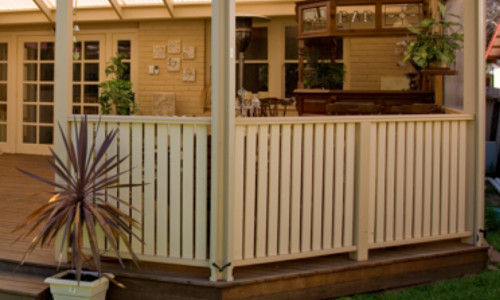
This is essentially a “no frills” solution that does what balusters are supposed to do. Visually, the repeating pattern of vertical posts creates a pleasing design.
Ornate Posts
Arranging the balusters in more complicated patterns increase its visual appeal.
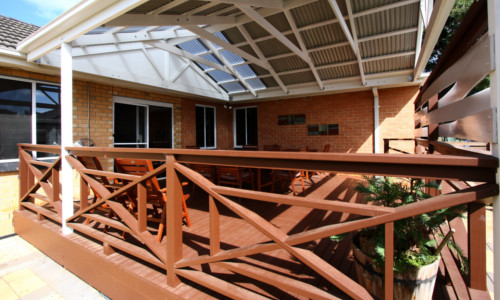
This type of design is actually a throwback to a time in our colonial history when it was fashionable to emulate the lines of the Union Jack. Today, though, the style is more of a play on shapes and patterns rather than a salute to the old colonial era.
Stainless Steel Balustrades
Although Softwoods specialise in timber outdoor extensions, we do not always finish with timber railings and balustrades. Stainless steel railings are also very popular choices. Stainless steel cables affixed horizontally create a sleek, modern look that streamlines the overall look of the structure. The horizontal orientation of the steel cables convey youthful vibe and energy, quite different from the static stability projected by vertical balusters.
